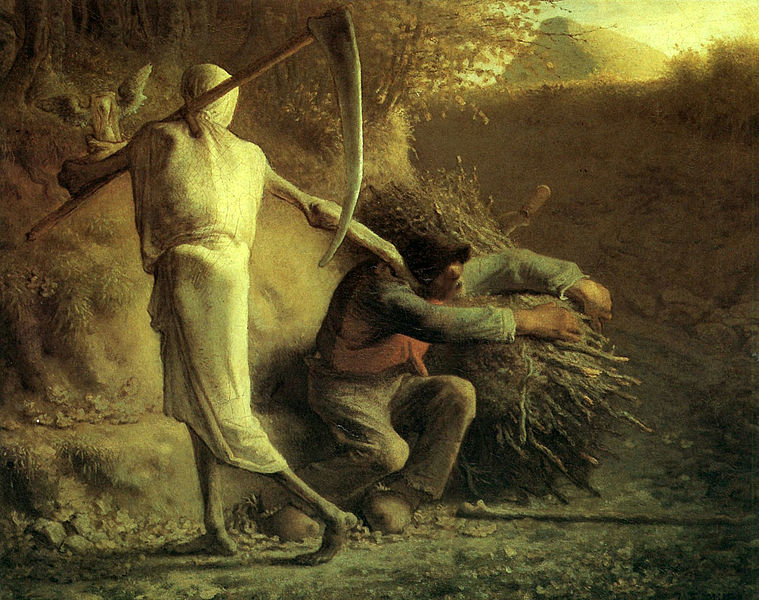Peculiarly British limericks:
There was a young fellow of Beaulieu,
Who loved a fair maiden most treaulieu.
He said, “Do be mine,”
And she didn’t decline,
So the wedding was solemnized deaulieu.
There was a young maid of Aberystwyth,
Who took corn to the mill to make grystwyth,
The miller, named Jack,
With a pat on her back,
Pressed his own to the lips that she kystwyth.
There was a mechalnwick of Alnwick,
Whose opinions were anti-Germalnwick;
So when war had begun,
He went off with a gun
The proportions of which were Titalnwick.
There was a young lady of Slough,
Who went for a ride on a cough.
The brute pitched her off
When she started to coff;
She ne’er rides on such animals nough. (Langford Reed)
A bald-headed judge called Beauclerk
Fell in love with a maiden seau ferk
Residing at Bicester,
Who said when he kicester,
“I won’t wed a man without herk.”
See This Sceptred Isle and Sound Rhymes.




